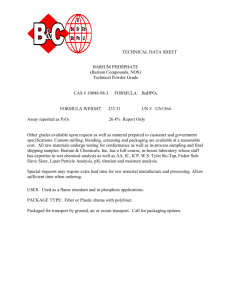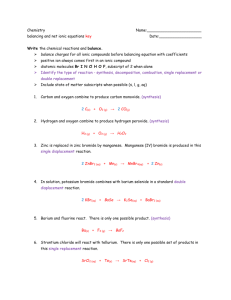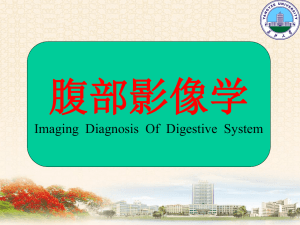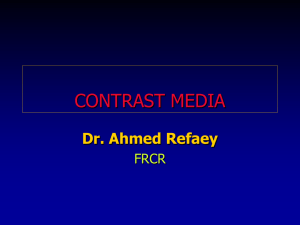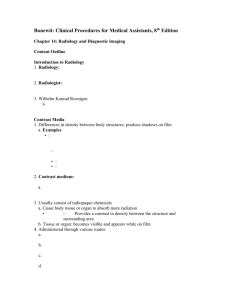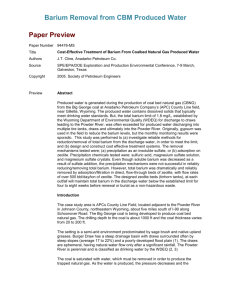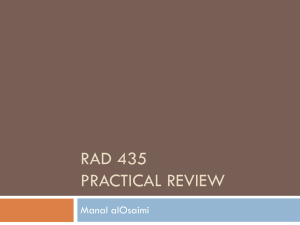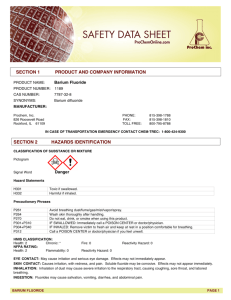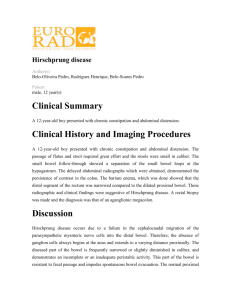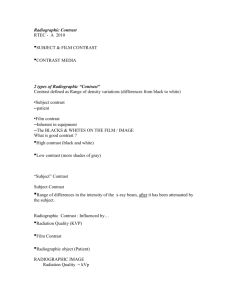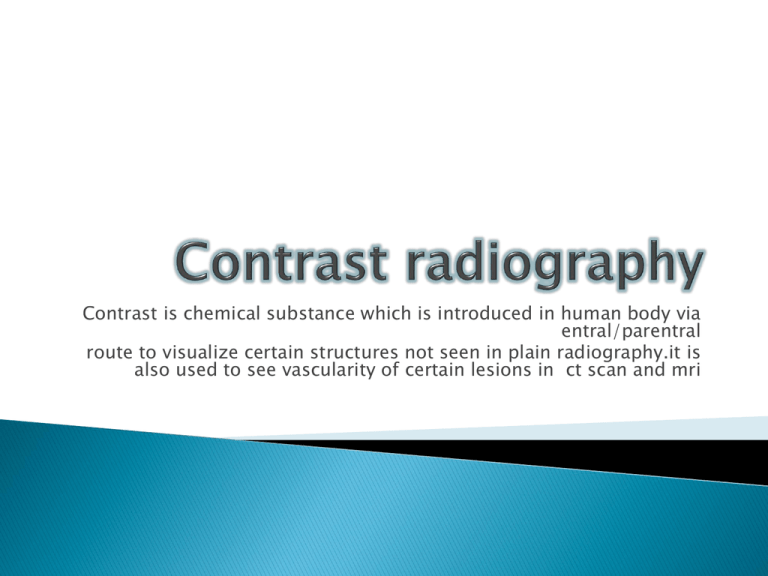
Contrast is chemical substance which is introduced in human body via
entral/parentral
route to visualize certain structures not seen in plain radiography.it is
also used to see vascularity of certain lesions in ct scan and mri
MULTIPLE MYELOMA
DEHYDRATION
MYOCARDIAL INFARCTION
UNCONTROLLED DIABETIS MEELITIS
UREMIA
PHELIBITIS
EXTRAVASTION OF CONTRAST
SWELLING IN SOFT TISSUES
MOSTLY B/C OF HYPERSENSIVITY
NAUSEA
VOMITTING
TACHCARDIA
ANAPHYLATIC SHOCK
ERYTHEMA/ERYSEPALOUS
1. POSITIVE they produce opaque image
Example barium sulphate,iodine containing
contrasts such as urograffin
,omnipaque.ipomoro.
2. negative they produce radiolucent image.
Example air.
Entral contrast is given by oral route.
Anal orifice contrast study is called barium
enema/gastrograffin enema
Intravenous.
Intraarterial.
External opening on body surface study is
called sinogram / fistulogram/loopogram
General protocols
Informative consent.
Pt should be well hydrated.
In case of i.v contrast study renal function
must be aceesed(seum urea/creatinine).
AnyH/o hypersensivity TO CERTAIN DRUGS
PT vitals must be stable.
At time of procedures the life saving drugs
must be present
System related contrast studies
Barium swallow
Barium meal
Barium meal andfollow through
Barium enema
loopogram
Percutaneous transhepatic choleangiography.
ERCP
IVU
RETROGRADE PYELOGRAPHY
CYSTOGRAPHY
CYSTOURETHROGRAPHY
RETROGRADE UREHROGRAPHY
MICTURATING CYSTO URETHROGARAPHY
HYSTEROSALPINGOGRAPHY.
ANGIOGRAPHY
CORONARY/ CEREBRAL
VENOGRAPHY
NEW IMAGING MODALITIES ARE USED
CT SCAN /mri i.v contrast is used
myelography
Each contrast study has its own indications
Dysphagia
Epigastric pain highly suspicious gastric / duodenal
ulcer. GERD. Recurrent vomitting.
Small intestinal disorders .intestinal
tuberculosis.inflamatory bowel diseases
Constipation . Malena, colonic mass. Hirshprung
disease
Renal stone localization and obstructive
effects
Renal function
Localization of ectopic kidney,
Congenital anamoly like horseshoe kineys.
Haematuria
Large pelvic mass
Informative consent.
Preperation of pt
In iv contrast studies pt should be kept on light dinner
before day of study.
Pt should be kept NPO.
SERUM UREA AND CREATININESHOULD BE NORMAL.
I.V LINE SHOULD BE MAINTAINED.
EMERGENCY TROLLY MUST BE PRESENT.
FOR BARIUM SWALLOW
URETHROGRAPHY,SINUGGRAPHY.FISTULOGRAPHY.AND
CYSTOGRAPHY PT PREPERATION IS NOT NEEDED.
CLEAN ENEMA/ LAXATIVE SHOULD BE GIVEN IF CONTRAST
STUDY IS INCLUDING ITESTINE IN IMAGE.
I,v contrast should be given slowly.
IV CONTRAST ARE OF THREE TYPES.
1.IONIC AND HYPER OSMOLAR
2.NON IONIC HYPER OSMOLAR.
3.NON IONIC AND HYPOOSMOLAR. MOST SAFE BUT
EXPENSIVE.
MOST COMMONLY USED IS UROGRAFFIN WHICH IS IONIC
AND HYPER OSMOLAR.OMNIPAQUE IS NON IONIC BUT
HYPER OSMOLAR.ipomoro is non ionicand low osmolar
ORAL CONTRAST ,BARIUM SULPHATE IS CRYSTALLINE
POWDER DISSOLVED IN WATER,
BESIDE IT PREPARED LIQUID FORM IS AVAIL ABLE AS
GASTROGRAFFIN WHICH IS USED TO
MULTIPLE MYELOMA
DEHYDRATION
MYOCARDIAL INFARCTION
UNCONTROLLED DIABETIS MEELITIS
UREMIA

